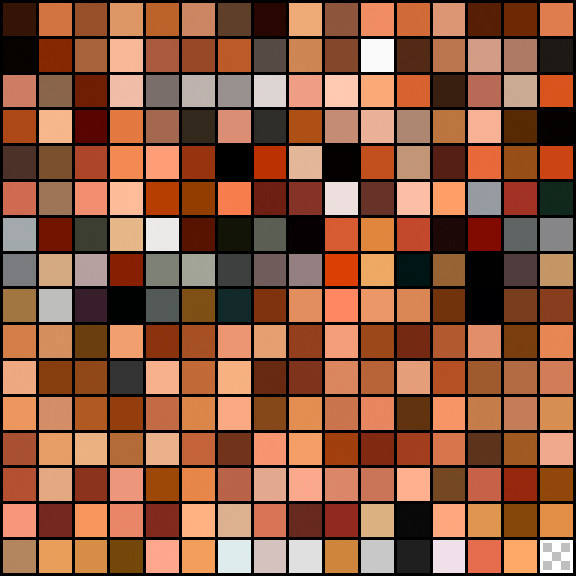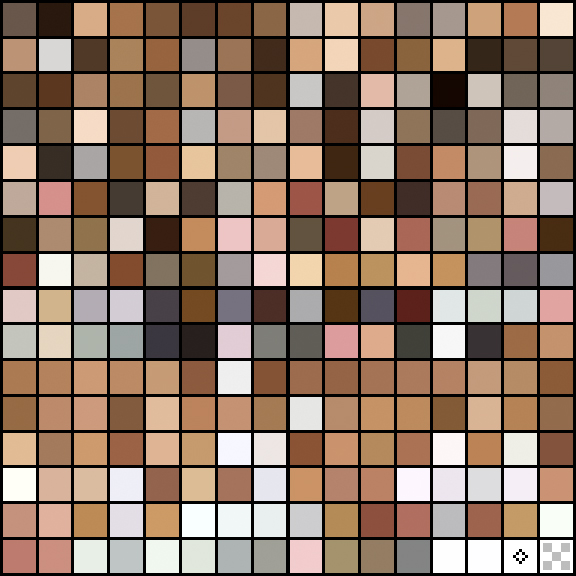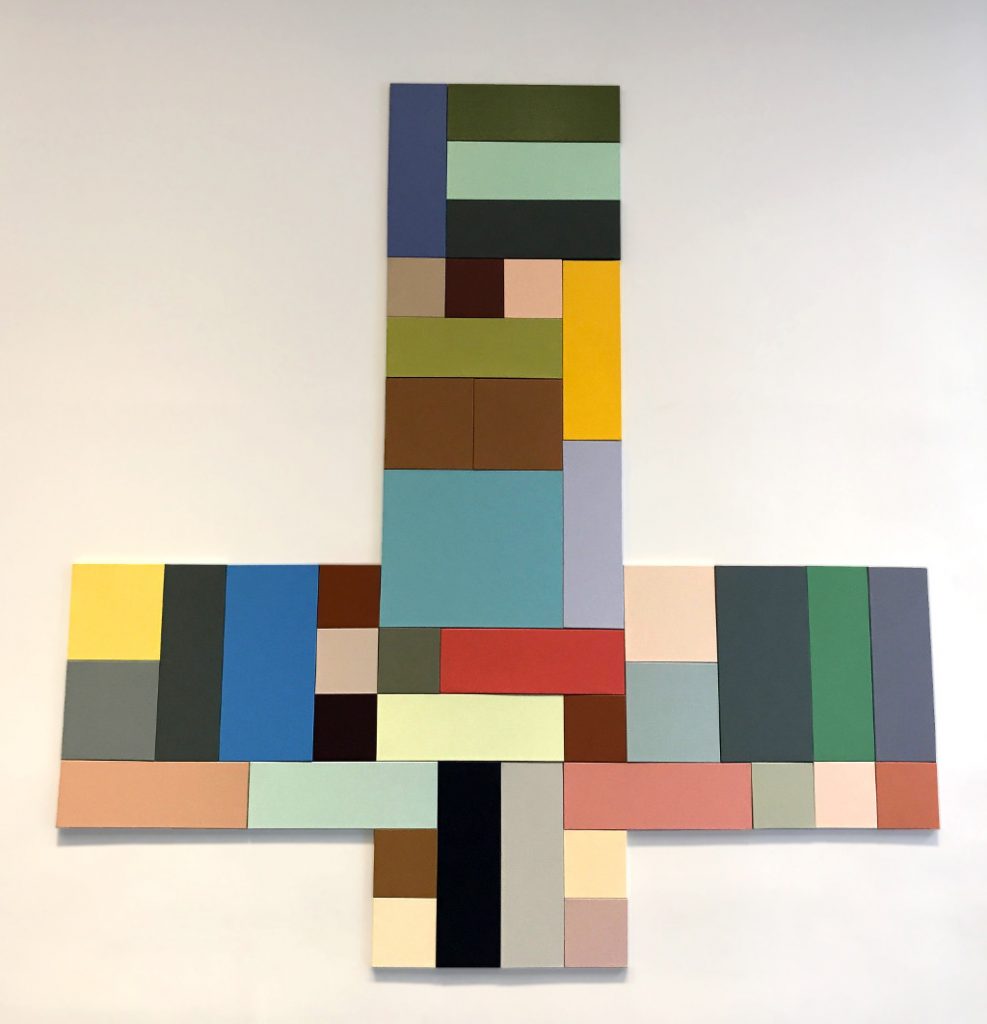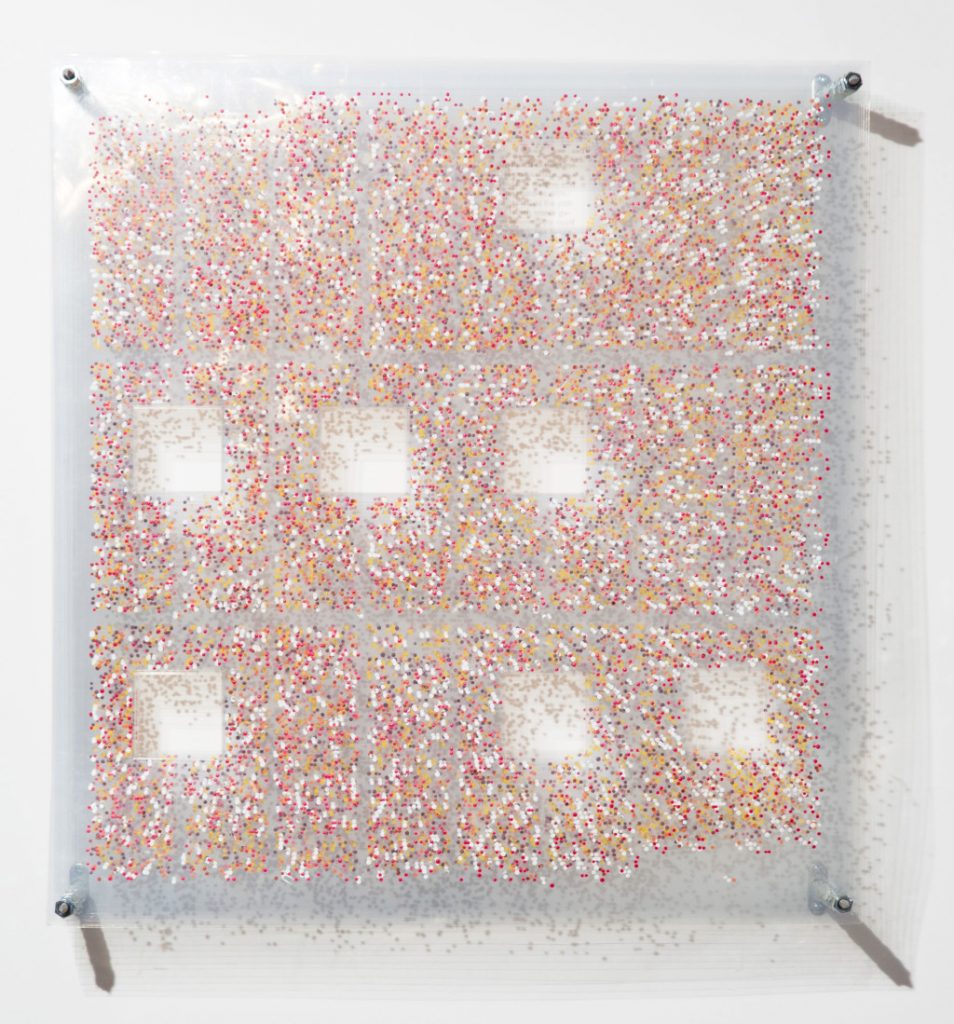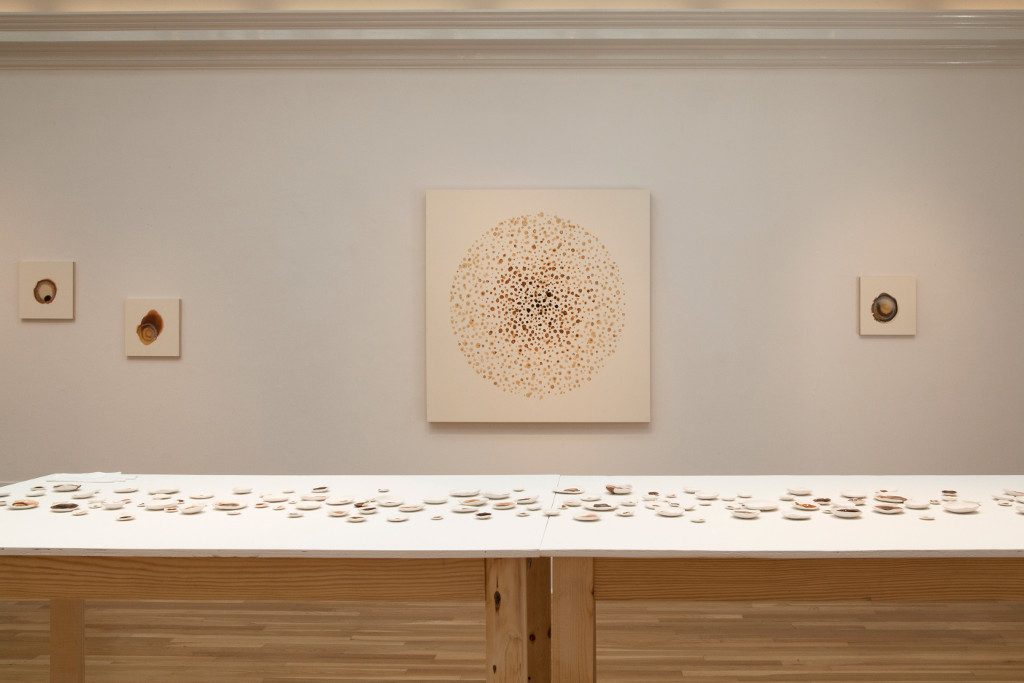CURRENT EXHIBITION

COLOR CODES: TRANSLATING COLOR
CURATED BY ADRIENNE ELISE TARVER
HSA GALLERY
JANUARY 13 – FEBRUARY 21, 2018
Opening Reception: Thursday, January 18, 2018 (6 – 9 pm)
Artist Panel Discussion: Saturday, January 20, 2018 (5 pm)
Color, a collaboration between the eye and the brain, translates light, resulting in a rainbow of hues we name and categorize. Apples are red, the sky is blue and grass is green–and though we happily label the color of these objects, our individual experiences of these colors vary from that of our neighbor. Definitions of colors are the result of interpreting and agreeing on what we assume to be a universal experience–but assumptions are dangerous and have led to revelations ranging from surprising to destructive.
The Harlem School of the Arts with curator and Director of Art & Design, Adrienne Elise Tarver, proudly presents, “Color Codes: Translating Color,” the first exhibition of the 2018 exhibition season at the HSA Gallery which this year, tackles the theme of Translation. The artists in “Color Codes” question our collective assumptions and interpretations of color–from race to money to cognitive perception.
Scrutinizing the skin-color categorizing chromatic scale created by Austrian ethnographer, Felix Von Luschan, painter, Kellie Romany, creates visceral, yet abstract bodily representations.
Interested in both the materiality of paint and the biological processes of the body, Romany uses flesh tones and allows the paintings to drip, crack and crinkle, changing over time–like the body as it ages–defying expectations of perfection or stasis and eschewing categorization of color or form.
Similarly, Daniel Johnson, employs his background in photography to dissect the chromatic scale of skin, but instead of looking to the past, he looks to current modes of documenting skin tone. Johnson’s “ You’ll Know That They’re Colored When You See Them” series looks at the digital representation of celebrities’ complexions through the 225 values used in a digital photograph file. The resulting color grids of personalities such as Beyonce, Paula Dean, and Barack Obama, both surprise and reveal individual and collective assumptions of color, race, and labels in modern America.
South American artist, Carlos Torres Machado, draws from his international background to look at color and value on a global scale. Using money as the backdrop to understand value, in his “Data Center” series, he removes the usual signs and symbols of money. He instead pulls colors from international currency and the rectangular format of scrolling stock tickers to create imposing, color-blocked installations that demand to be seen, but resist decoding.
Thinking about the brain, where color originates, Lauren Bierly uses her experience having synaesthesia, a condition where the brain mixes sensory experiences, to translate text to the colors that appear to her as she reads and more recently to translate her memory of a particular place into a palette of colors. Using this biological glitch as a catalyst, she explores the human experience of color as a means to create a new language and to investigate perception and behavior as dictated by our sense.
